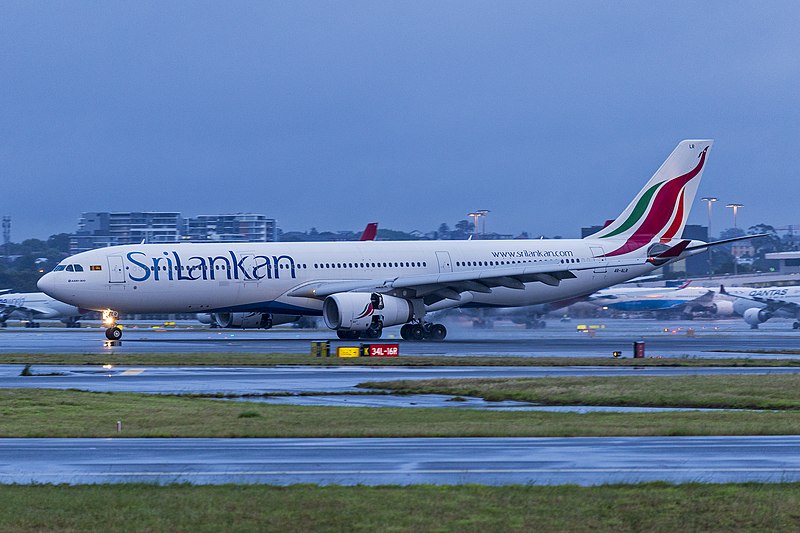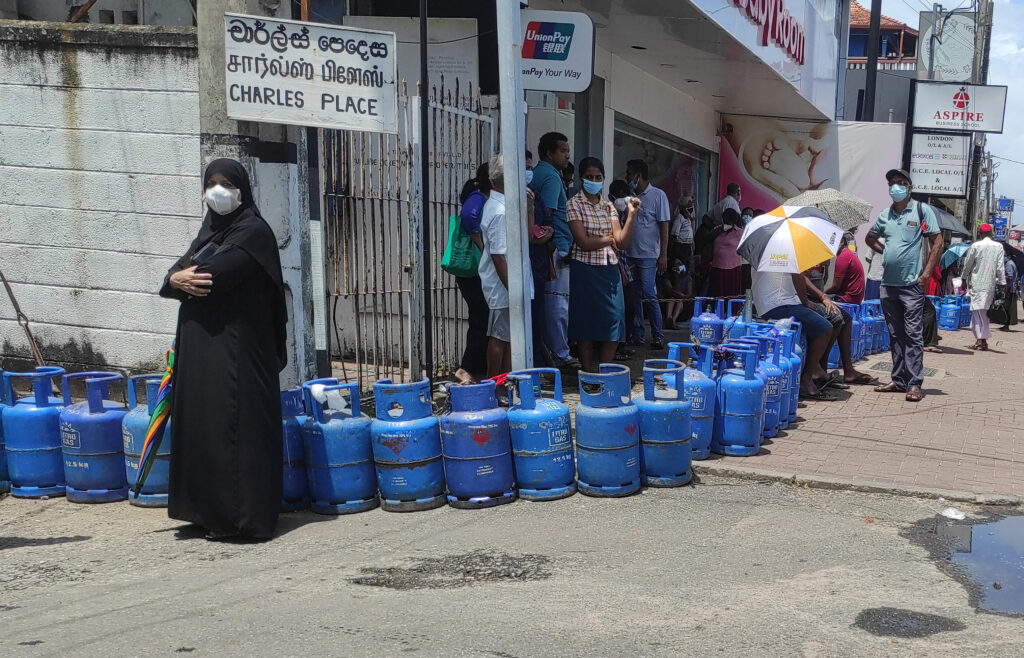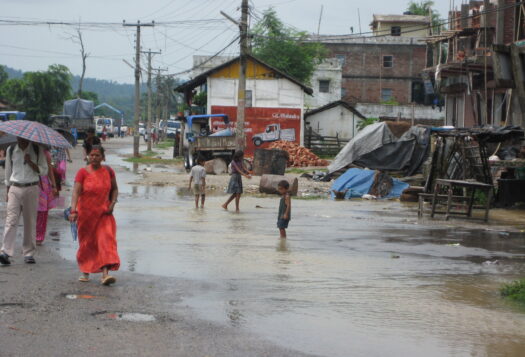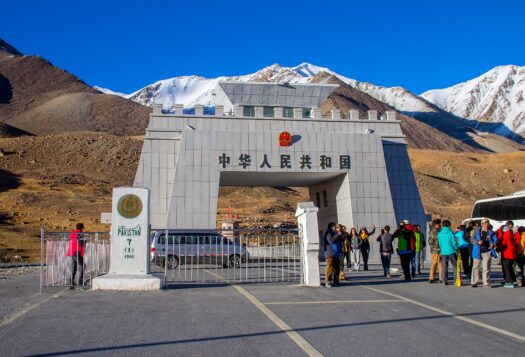
In 2021, state-owned Sri Lankan Airlines reported losses of more than one percent of Sri Lanka’s GDP. Totaling USD $552 million in 2021, the loss of one state owned enterprise is larger than the entire national social security budget set at 0.6 percent of the GDP by the IMF’s Extended Fund Facility. If Sri Lankan Airlines was privatized and these losses were not held by the state, Colombo’s social security spending could be more than doubled. Facing a continued economic crisis, the Sri Lankan government must begin privatizing state-owned enterprises (SOEs).
A History of Privatization
In the 1980s, many countries adopted reforms to improve the performance of SOEs. Governments imposed hard budgetary constraints, gave greater autonomy to firms, increased accountability, and prevented political interference. In doing so, governments liberalized the industries in which SOEs operated and developed institutional mechanisms enabling the functioning of better legal systems and regulatory bodies.
Privatization of SOEs requires caution. If privatization is carried out in a haphazard way, it can result in private sector players having access to influential enterprises without proper checks and balances.
States increasingly saw that privatization schemes drove private sector investment, reduced administrative burden, distributed ownership widely, and generated revenue for the state. A study shows that privatized firms showed faster growth, greater cost containment, higher profits, improved management, and gained better access to investments. Sri Lanka Telecom is seen as a good example of a successful privatization as it not only transformed the telecom SOE into a more successful entity with Japanese management but also the telecom industry was liberalized, allowing competition which resulted in Sri Lanka leading the region in terms of connectivity.
Privatization of SOEs requires caution. If privatization is carried out in a haphazard way, it can result in private sector players having access to influential enterprises without proper checks and balances. Parallel reforms in industry liberalization are needed so that the danger of a privately held monopoly developing is halted. Corporate governance requirements, transparency, and institutional frameworks are necessary so that the privatized entity functions successfully. Many SOEs require restructuring prior to privatization. Obtaining the correct information and evaluating the right market price of an SOE can be a daunting and difficult task. These reasons have resulted in the Sri Lankan public being wary of privatization.
Why should the Sri Lankan government privatize its SOEs?
Holding on to SOEs has become unsustainable for the Sri Lankan government, especially after its recent economic crisis. Privatization can help fiscal consolidation, eliminate opportunity cost, reduce red tape, and halt the misuse of SOEs by the government.
Fiscal indiscipline: The Sri Lankan government has only achieved a primary budget surplus four times in the last 75 years. When the government, which owns the SOEs, runs at a loss, the treasury draws revenues from the profit making SOEs to cover state losses. This model prevents profits from being reinvested into the SOEs, resulting in a lack of innovation and improvements. Eventually, the profit making SOEs become lossmaking SOEs as profits are diverted elsewhere. It is better to privatize such entities while they are profitable than to do so when they become loss making entities.
Opportunity Cost: The cost of capital is high. Even when an SOE in Sri Lanka makes a profit, is it worth it for the government to tie down a large amount of capital on an SOE, as SOEs have a large asset value and privatizing can allow this capital to be used in more economically productive actions. Capital can be invested in improving education, healthcare, and infrastructure. The government has a large opportunity cost by holding onto even profitable SOEs. The revenue for the government from dividends paid by the SOEs is less than one percent of total government revenue, debunking the argument that SOEs bring in revenues for the government. This is essential now, as Sri Lanka is fiscally constrained and Sri Lanka’s poor have increased by four million. The government can ill afford to lose any opportunity to cut wastage.

Bureaucracy: State owned enterprises are more bureaucratic and less agile, disadvantaging them in a competitive market. Making decisions requires approvals at multiple levels before review by the subject minister and then, in certain cases, cabinet approval. In the private sector, decisions can be made much faster with less bureaucracy, increasing the efficiency and profitability of firms. Though Sri Lanka was the first country in South Asia to liberalize, it is now losing ground to others in the region. Red tape and lower ease of doing business rankings are key reasons and privatization can help in this.
Misuse of SOEs: There has been a high extraction economically by the political classes with regards to SOEs. SOEs have been used by politicians under whose authority they operate to give jobs for their grassroots supporters. This has snowballed into a massive crisis for Sri Lanka with 1.4 million people working for the government which in 2021 resulted in 86 percent of government revenue being spent on paying salaries and pensions of state employees. This is essential now, as the IMF program is also addressing corruption vulnerabilities and SOEs have been known to be associated with corruption.
The Road Ahead
Sri Lanka went through its worst economic crisis in 2022 with 12-hour long power cuts, three weeks without fuel, and shortages of food and medicine. The crisis precipitated with large tax cuts by the government in 2019, which resulted in Sri Lanka losing access to international capital markets. The government used its reserves to import goods and pay back debt which eventually led to bankruptcy.
Sri Lanka has a long history of having large fiscal deficits. In 2021, 86 percent of government revenue went to paying salaries and pensions of state employees who are largely employed in SOEs. SOEs have also been instruments through which governments have given subsidies to win elections.
The privatization of SOEs can reduce the fiscal deficit. Sri Lanka is currently on its 17th IMF program which requires the country to have a primary budget surplus of 2.3 percent by 2025. Sri Lanka, also has a history of reversing reforms as it has only completed seven out of its last 16 IMF programs. Privatization can be harder to reverse as it will be costly.
SOEs have also been instruments through which governments have given subsidies to win elections.
While those against privatization argue that SOEs can be restructured and managed better by the government to make profits, if the Sri Lankan government is fiscally constrained, it will eventually draw away profits from the profitable SOEs too. Also, some argue that privatization of key SOEs can result in the private sector deciding on the prices, but this can be solved by having regulatory bodies which can decide on prices.
It is not the role of the government to be involved in managing businesses, especially with commercial interests. Privatization does not mean the government loses total control. Regulatory bodies can be created to control prices in industries such as energy and transport which affect the people. As privatized entities show higher profits, the government can also increase its tax revenues which can greatly help bridge Sri Lanka’s fiscal deficit.
***
Image 1: Sri Lankan Airlines via Wikimedia Commons
Image 2: Sri Lanka Economic Crisis via Wikimedia Commons


